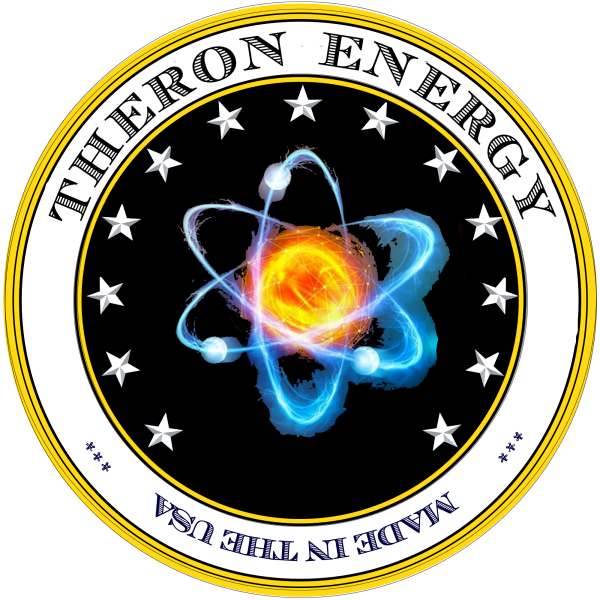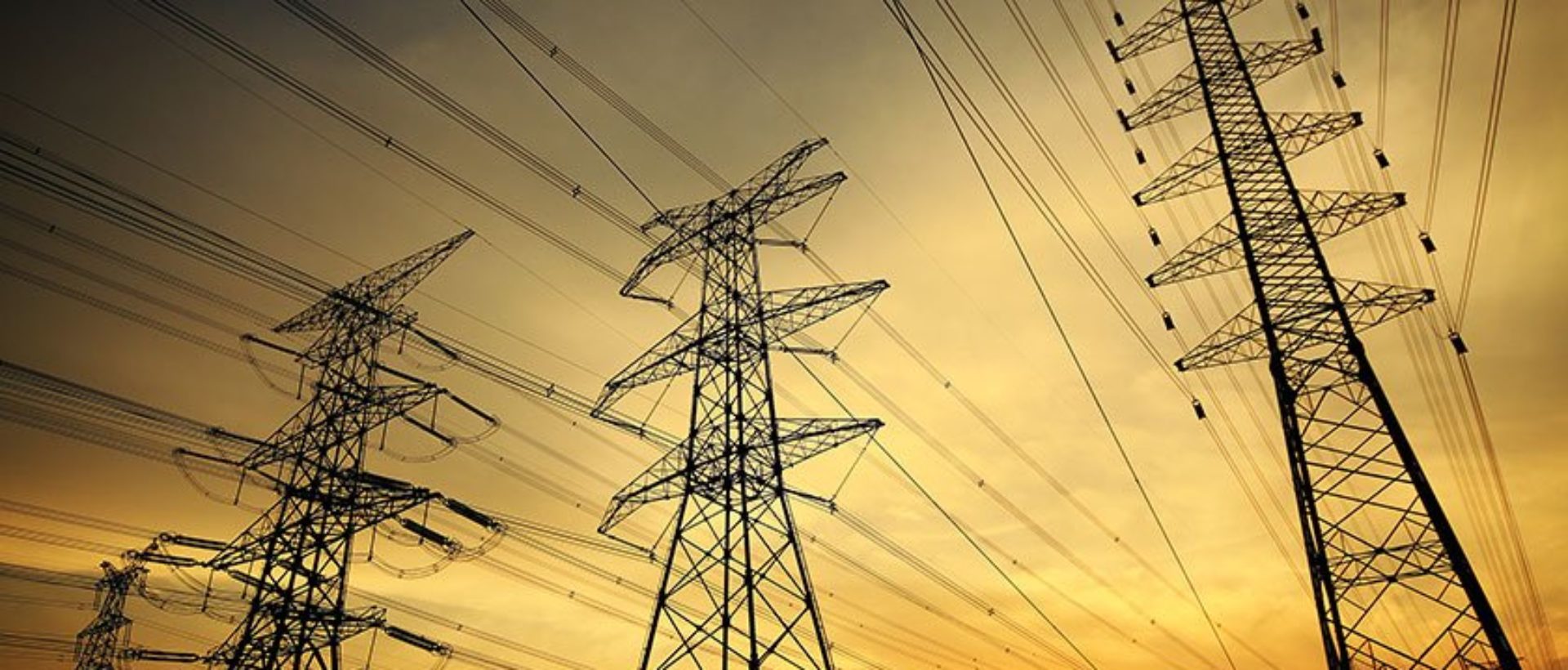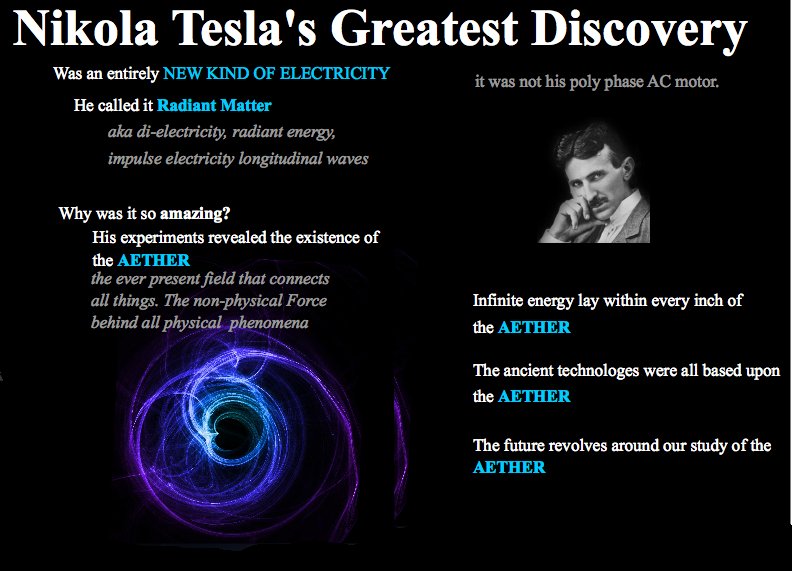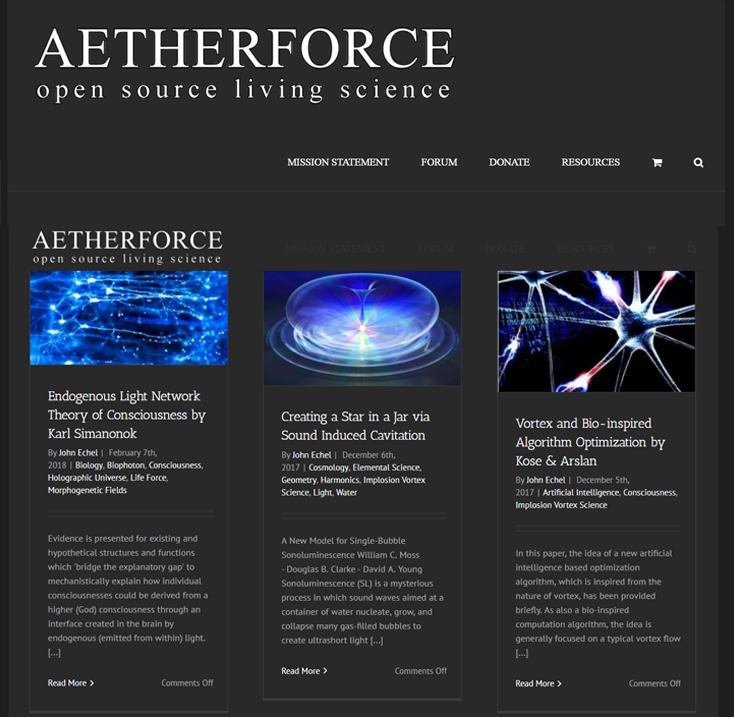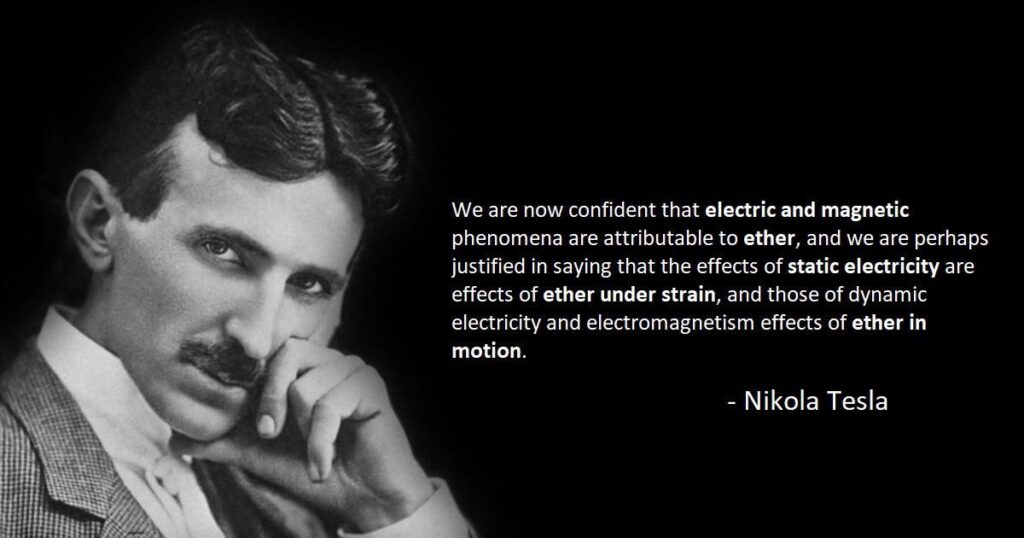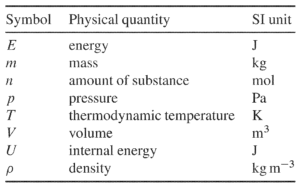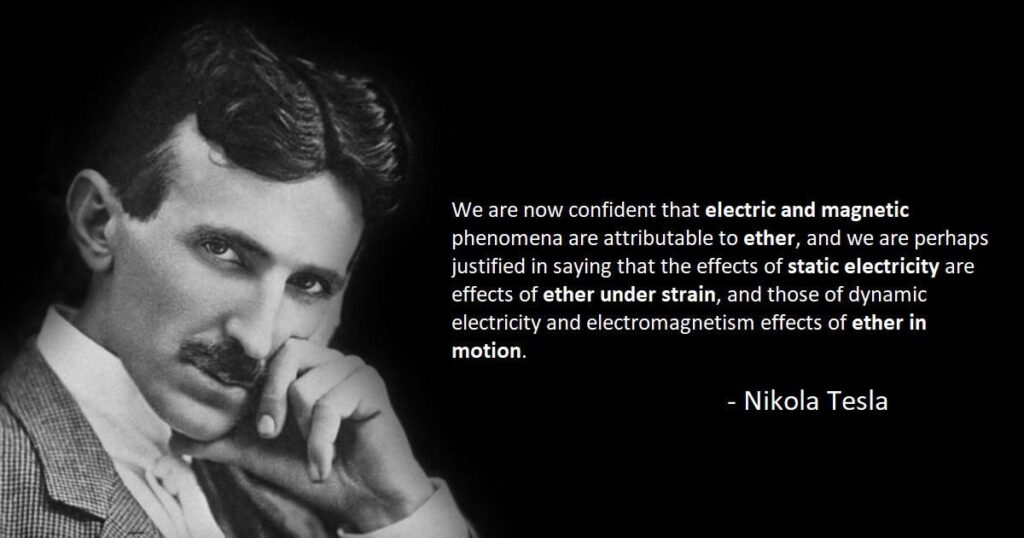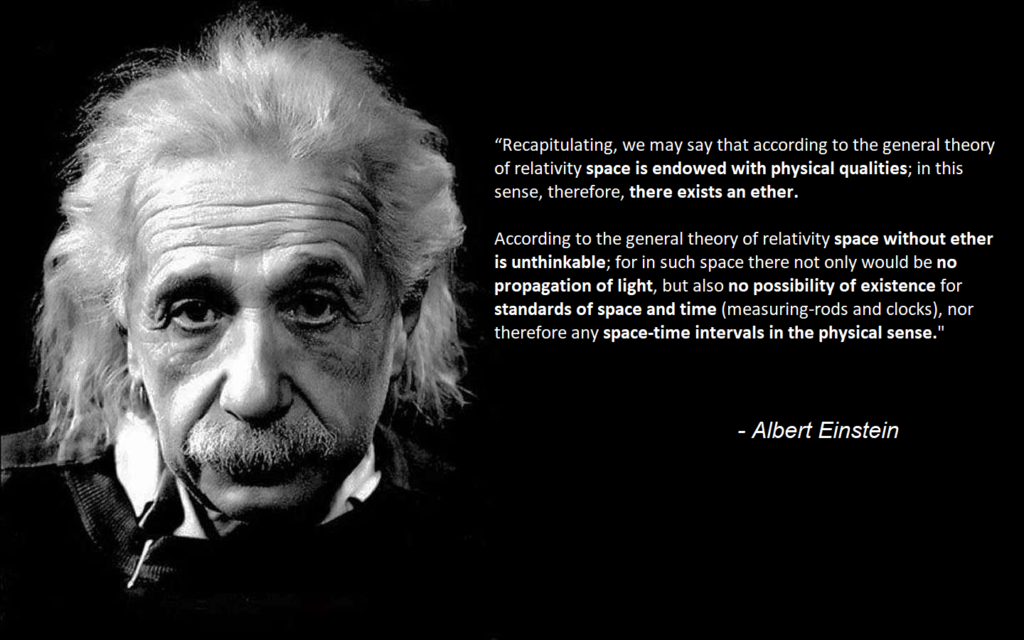New Inventions and Energy Concepts worked on by Theron Energy
- Zero Point Energy
Zero-point energy is the lowest possible energy that a quantum mechanical system may have. Then connect the dots to the Vedic Philosophy – Nikola Tesla’s Idea Of Free Energy.
Zero-point energy can be formulated in a few different ways, but in its most basic form, it is the minimal yet non-zero energy of a quantum mechanical system. In quantum field theory, zero-point energy can be considered by computing the expected energy of the zero photon mode. In a system with no physical boundaries, the expected energy of the zero photon mode diverges! — Chas Blakemore, Stanford University
“If quantum mechanics hasn’t profoundly shocked you, you haven’t understood it yet. Everything we call real is made of things that cannot be regarded as real.” – Niels Bohr, a Danish Physicist
2. Akasha or Prana
“The Aakaash is not destructible, it is the primordial absolute substratum that creates cosmic matter, and hence the properties of Aakaash are not found in the material properties that are in a sense relative.
The Aakaash is the eternally existent, superfluid reality, for which creation and destruction are inapplicable.” – Paramahamsa Tewari, Engineer, Physicist and Inventor.
3. Thermodynamics
With the new discoveries as well as advancements made in Thermodynamics, a branch of physics that deals with heat, work, and temperature, and their relation to energy, radiation, and physical properties of matter, Theron Energy Corp is becoming a leader to change today’s energy grid for Americans and the world.
“Thermo-dynamics is the subject of the relation of heat to forces acting between contiguous parts of bodies, and the relation of heat to electrical agency.” – Lord Kelvin
4. Superconductors
Superconductors are materials where electrons can move without any resistance. But today’s superconductors don’t work unless they are cooled to well below room temperature. Superconductors stop showing any electrical resistance and they expel their magnetic fields, which makes them ideal for conducting electricity.
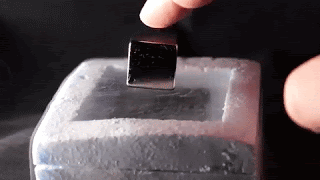
5. Quantum Mechanics
Quantum mechanics is a fundamental theory in physics that provides a description of the physical properties of nature at the scale of atoms and subatomic particles. It is the foundation of all quantum physics including quantum chemistry, quantum field theory, quantum technology, and quantum information science.
In physics, energy is the quantitative property that must be transferred to an object in order to perform work on, or to heat, the object. Energy is a conserved quantity; the law of conservation of energy states that energy can be converted in form, but not created or destroyed.
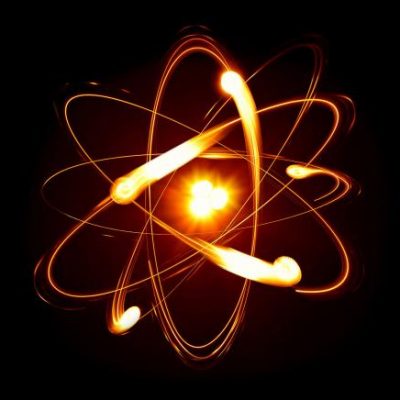
6. Longitudinal Waves
Longitudinal waves have the same direction of vibration as their direction of travel. This means that the movement of the medium is in the same direction as the motion of the wave. Some longitudinal waves are also called compressional waves or compression waves.
Vibrations and waves are extremely important phenomena in physics. In nature, oscillations are found everywhere. From the jiggling of atoms to the large oscillations of sea waves, we find examples of vibrations in almost every physical system. In physics a wave can be thought of as a disturbance or oscillation that travels through space-time, accompanied by a transfer of energy. Wave motion transfers energy from one point to another, often with no permanent displacement of the particles of the medium —that is, with little or no associated mass transport. They consist, instead, of oscillations or vibrations around almost fixed locations.
The emphasis of the last point highlights an important misconception of waves. Waves transfer energy not mass. An easy way to see this is to imagine a floating ball a few yards out to sea. As the waves propagate (i.e., travel) towards the shore, the ball will not come towards the shore. It may come to shore eventually due to the tides, current or wind, but the waves themselves will not carry the ball with them. A wave only moves mass perpendicular to the direction of propagation—in this case up and down, as illustrated in the figure below:
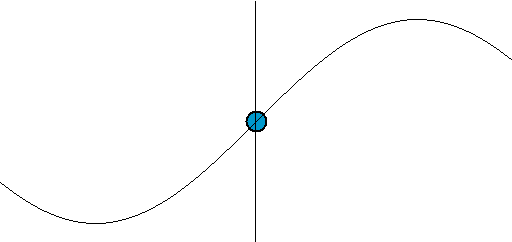
There are 3 types of Waves in Physics:
- Mechanical waves
There are 3 types of Mechanical Waves. These waves are:
-
- transverse waves,
- longitudinal waves, and
- surface waves
Some of the most common examples of mechanical waves are water waves, sound waves, and seismic waves.
- Electromagnetic waves
There are 7 types of Electromagnetic Waves. This range is known as the electromagnetic spectrum. The EM spectrum is generally divided into seven regions, in order of decreasing wavelength and increasing energy and frequency. The common designations are:
-
- radio waves,
- microwaves,
- infrared (IR),
- visible light,
- ultraviolet (UV),
- X-rays and
- gamma rays.
- Matter waves
Matter waves are a central part of the theory of quantum mechanics, being an example of wave–particle duality. All matter exhibits wave-like behavior. For example, a beam of electrons can be diffracted just like a beam of light or a water wave.
-
- Longitudinal Waves – Movement of the particles are parallel to the motion of the energy. Sound waves moving through the air is an example of this type of wave.
- Transverse Waves – movement of the particles are at right angles (perpendicular) to the motion of the energy. Movement of a wave through a solid object like a stretched rope or a trampoline is an example of this type of wave.
- Surface Waves – particles travel in a circular motion. These waves occur at interfaces. Examples include waves in the ocean and ripples in a cup of water. One consequence of occurring at an interface is that the motion of the particles diminishes with distance from the interface. The further from the interface the smaller the rotation of the particles until as some distance from the surface, there is no more movement or energy propagation.
Theron Energy Corp is working on and improving energy generators that can be truly perpetual by all standards and measurements. Using all these concepts described above, Theron Energy will provide the world with free energy!
YES, we said Perpetual Energy. How can we say this?
Nikola Tesla insisted his electrical transmissions were longitudinal in nature, and thus similar to sound waves. Whereas sound waves have compression (-) and rarefaction (+), electrical waves have positive and negative charge polarity.
Try to dispute this fact if these two guys said the following:
7. RADIANT ENERGY PERPETUAL GENERATORS
So therefore our goal at THERON ENERGY is to accomplish RADIANT ENERGY PERPETUAL GENERATORS or UPRIGHT RESONANCE FREQUENCY MAGNETIC GENERATORS, and we have been working towards this goal without any funding. If you are an investor and want to get in on the ground floor of the biggest change coming to the world and our galaxy, please call (561) 853-6892 or email us at Cornelius@TheronEnergy.com
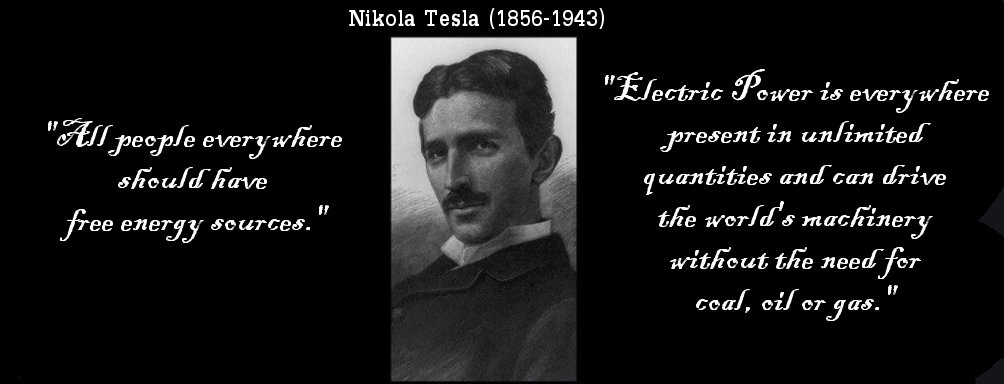
Additional R&D projects coming soon from Cornelius Theron!
